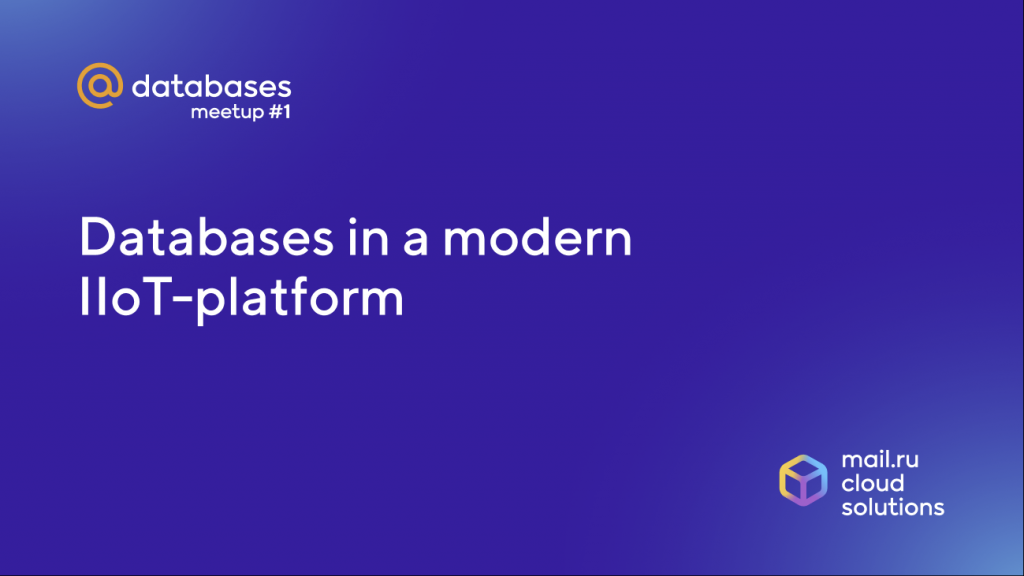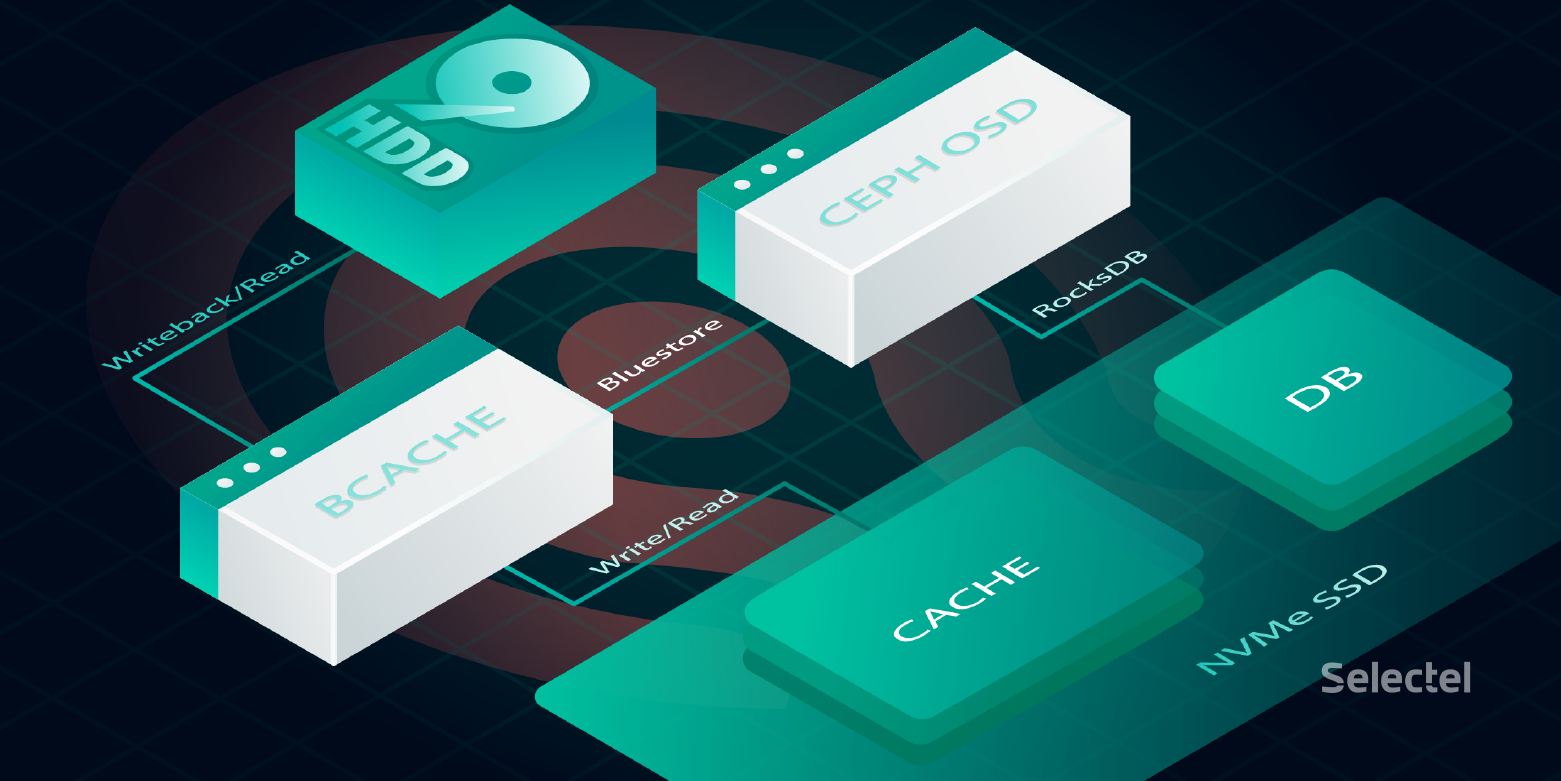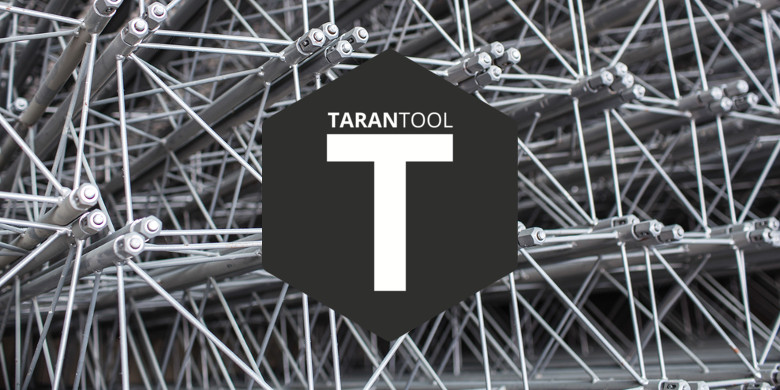
Hello, my name is Andrey Sergeyev and I work as a Head of IoT Solution Development at Mail.ru Cloud Solutions. We all know there is no such thing as a universal database. Especially when the task is to build an IoT platform that would be capable of processing millions of events from various sensors in near real-time.
Our product Mail.ru IoT Platform started as a Tarantool-based prototype. I’m going to tell you about our journey, the problems we faced and the solutions we found. I will also show you a current architecture for the modern Industrial Internet of Things platform. In this article we will look into:
- our requirements for the database, universal solutions, and the CAP theorem
- whether the database + application server in one approach is a silver bullet
- the evolution of the platform and the databases used in it
- the number of Tarantools we use and how we came to this


